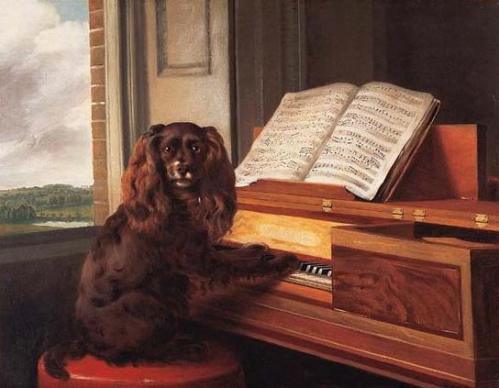
By Bob Hicks
You out there, you poor wayfaring strangers stranded at the offramp of the Information Superhighway with a flat tire or a blown gasket or a speeding ticket from a Washington State Trooper who had his radar gun pointed the wrong way but also had a quota to fill and liked the looks of your out-of-state license plates …
Oh, wait. That’s us.
Months ago, in another cyber age, it seemed as if we were punching pithy posts onto this site with precipitous regularity, exploring the inner recesses of our odd obsessions and the outer recesses of the culture at large. And people visited. Like Elvis of Nashville and Jesus of Nazareth we even had “followers,” although we preferred to think of them as congenial partners in crime. Are any of you still here? Have you remained faithful, or at least hopeful? Or have we twittered your allegiance away?
Where has the summer gone, and why have we so adamantly exercised our right to remain silent?
Truth is, there’s been nothing adamant about it: It just sort of turned out that way. Life got hectic, kids were released from their school jail cells, travels beckoned, and our habit of recording our contemplations in this semi-public forum took it in the shorts. Don’t go away: We’ll try to do better from here on in.
To catch you up a bit, here are a few highlights of things we did and mostly didn’t write about.
 Judith H. Dobrzynski passes along
Judith H. Dobrzynski passes along 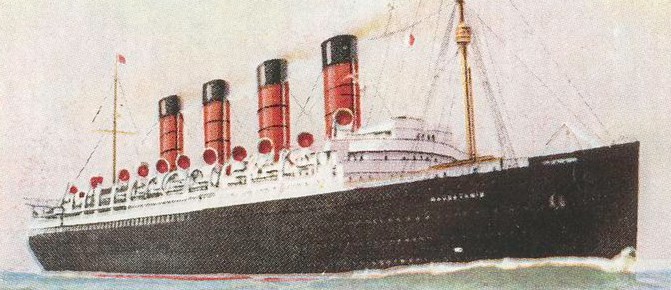

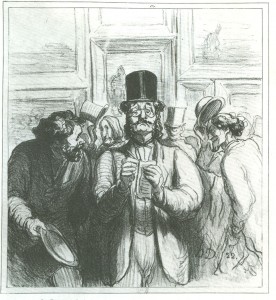 I have been a critic.
I have been a critic.
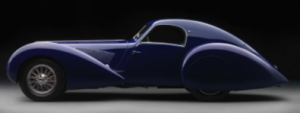 Friday’s A&E magazine of The Oregonian includes
Friday’s A&E magazine of The Oregonian includes 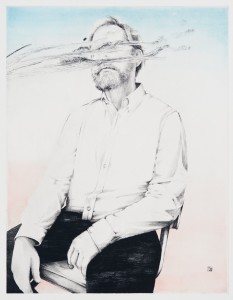 Bokashi, Storm Tharp/PDX Contemporary Art
Bokashi, Storm Tharp/PDX Contemporary Art So of the 40 zillion or so images we might show you, we’ve chosen just one: Storm Tharp’s Bokashi, above, a 2011 softground print in an edition of 12 in the group show Oomph at
So of the 40 zillion or so images we might show you, we’ve chosen just one: Storm Tharp’s Bokashi, above, a 2011 softground print in an edition of 12 in the group show Oomph at 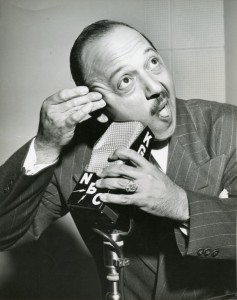 It strikes Mr. Scatter that what Bialystok has to say about research is equally true for that branch of creativity we like to refer to as artistic. An idea takes hold. You follow it. It leads you somewhere that might utterly astonish you. But once you’ve identified it, you need to trust it to lead you where it will. It’s not blind faith. But it is faith. Which doesn’t mean it won’t sometimes lead you down a dark alley for an artistic mugging. But those are the chances you take.
It strikes Mr. Scatter that what Bialystok has to say about research is equally true for that branch of creativity we like to refer to as artistic. An idea takes hold. You follow it. It leads you somewhere that might utterly astonish you. But once you’ve identified it, you need to trust it to lead you where it will. It’s not blind faith. But it is faith. Which doesn’t mean it won’t sometimes lead you down a dark alley for an artistic mugging. But those are the chances you take.
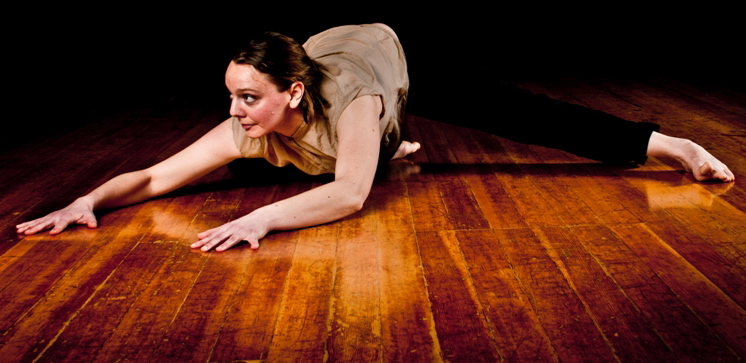 Todd Stephen
Todd Stephen
